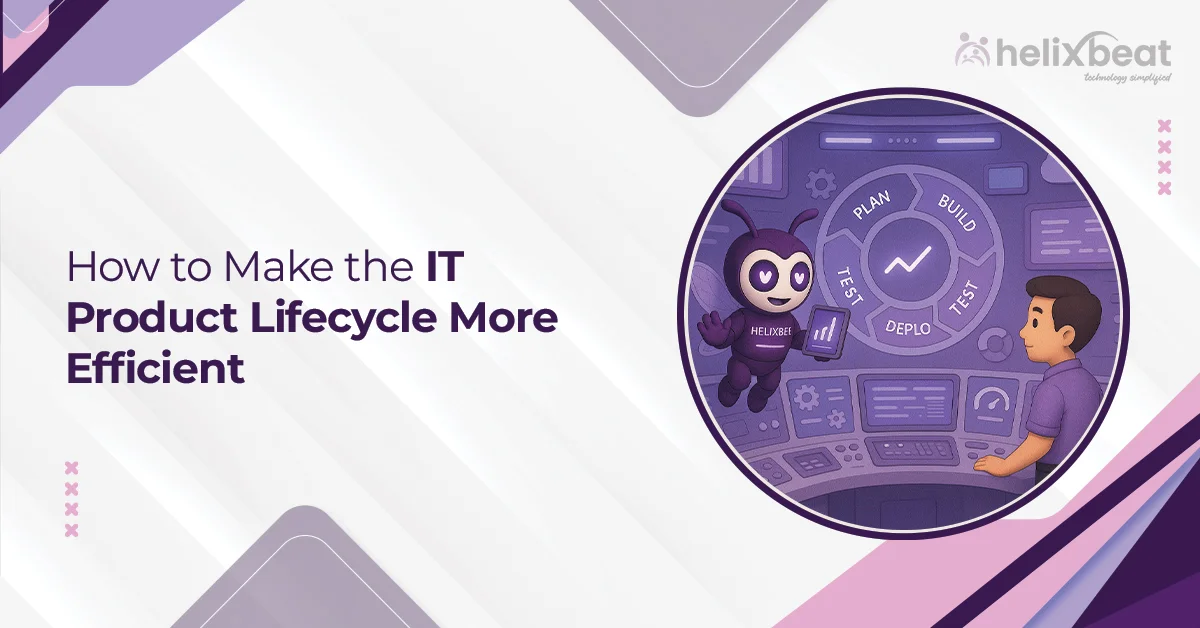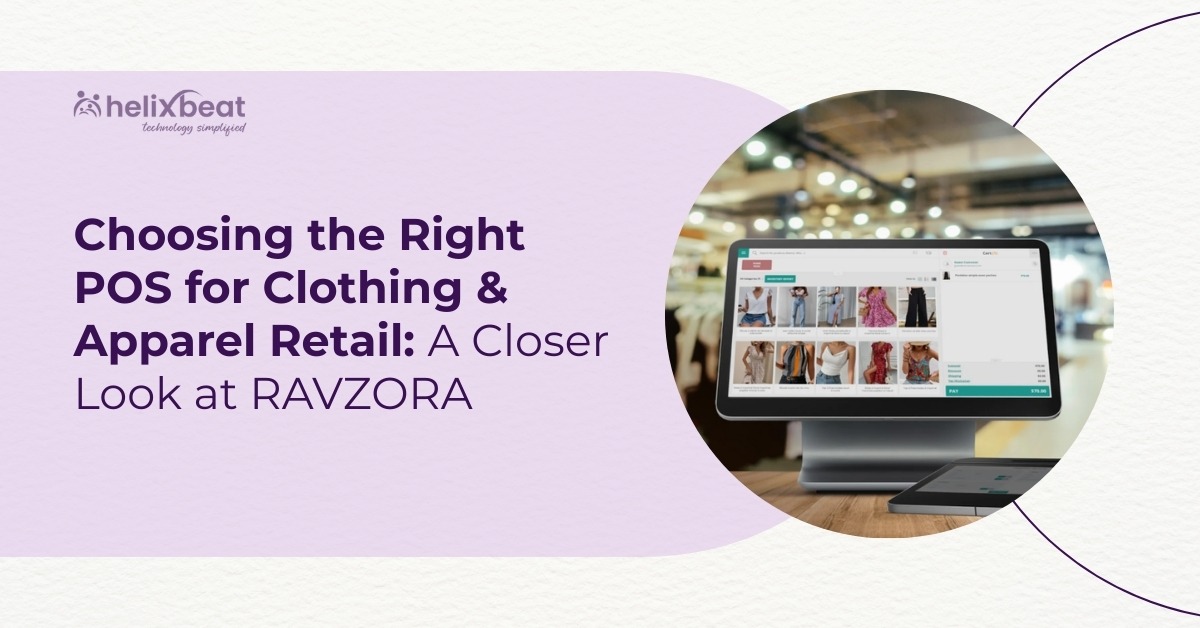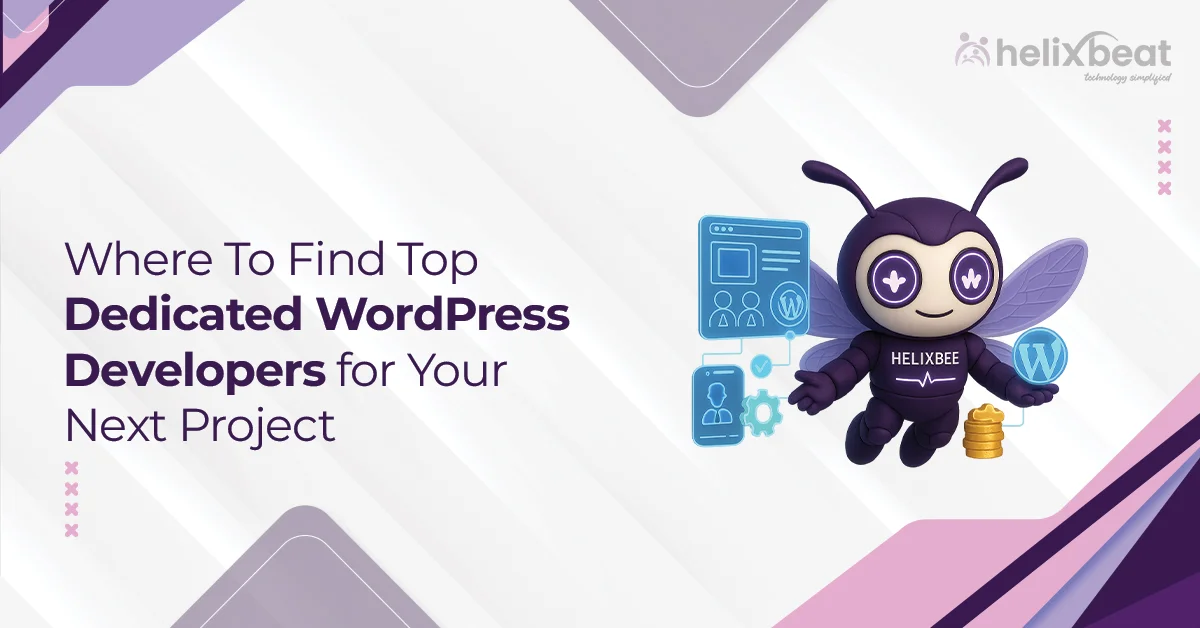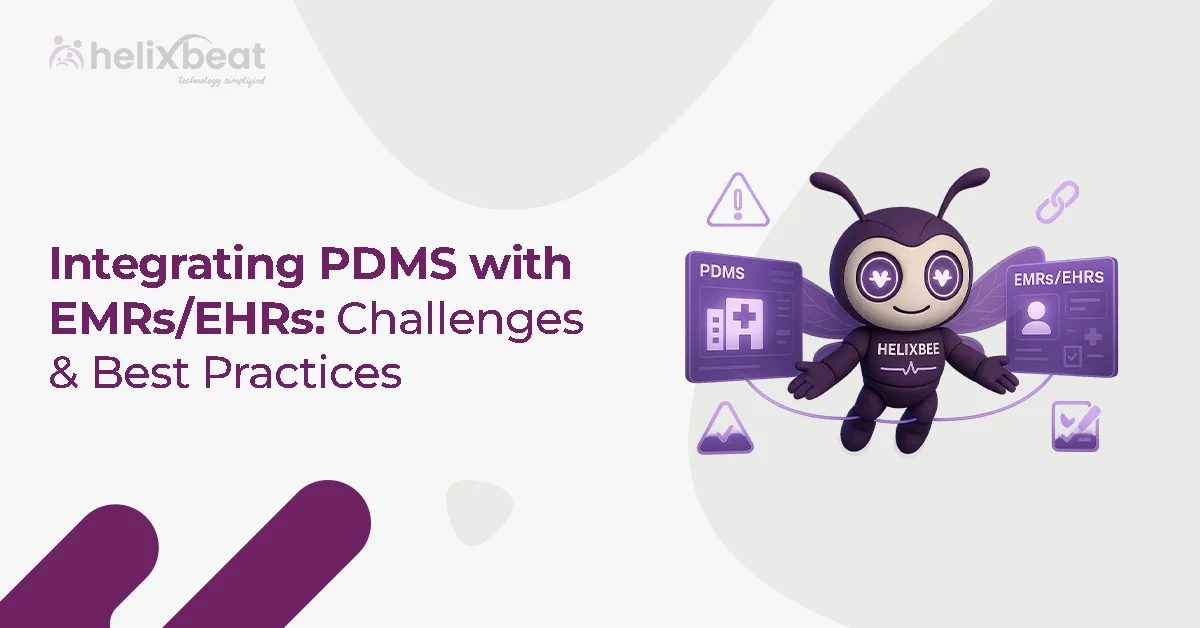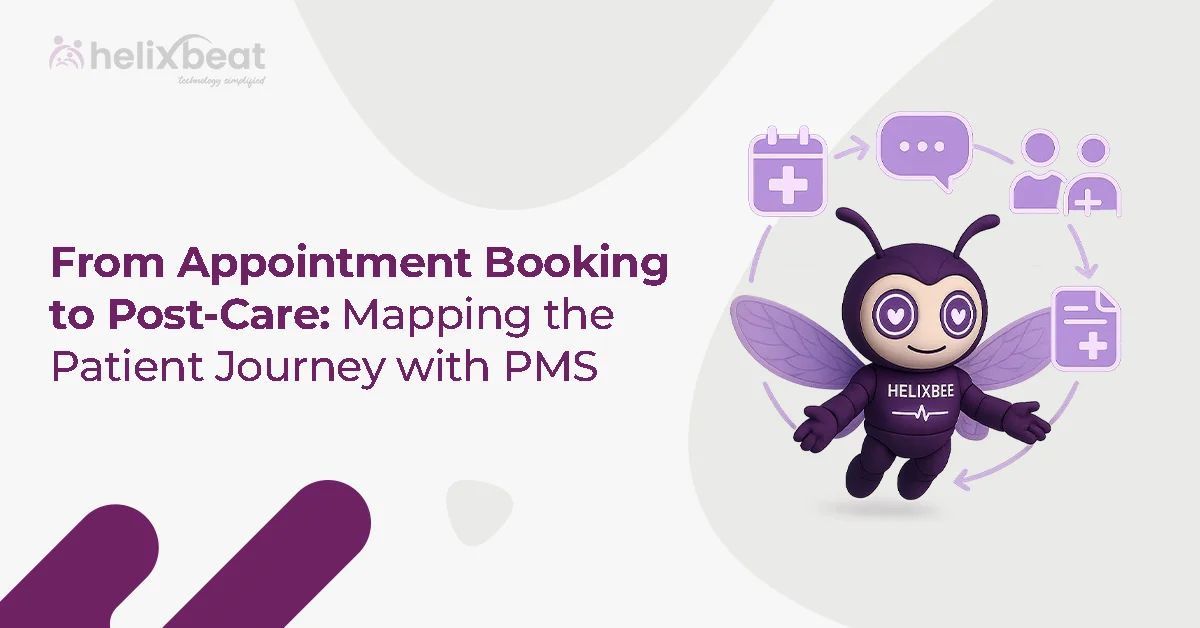User Experience (UX) Design and User Interface (UI) Design are often used interchangeably, but they’re two distinct disciplines that shape how we interact with digital products. While they work closely together, each plays a unique role in crafting a seamless and visually appealing experience.
In this blog, we’ll explain the core differences between UX and UI design, explore how they complement each other, and see why mastering both can elevate your skills as a UI/UX designer.
Table of Contents
Understanding UX Design
User Experience (UX) Design focuses on the functionality and usability of a product. UX designers aim to optimize the entire user journey, so users can navigate a website, app, or system effortlessly. The process involves research, wireframing, user testing, and iterative improvements to create a seamless experience. For example, imagine you’re booking a flight online. A good UX design would mean:
- The search bar is easy to locate.
- Flight options are displayed in a clear, logical order.
- The checkout process is simple, with minimal steps.
- Important details (baggage fees, cancellation policies) are visible upfront.

Understanding UI Design
User Interface (UI) Design focuses on the visual elements of a digital product, including typography, colors, icons, and buttons. UI designers enhance the look and feel of a product, making it aesthetically pleasing and engaging for users. For example, think of an e-commerce app with:
- A visually appealing color scheme that reflects the brand identity.
- Well-designed icons and buttons that indicate clear actions (e.g., “Add to Cart”).
- Intuitive typography that improves readability.
- Engaging animations that provide feedback when a button is clicked.

Key Differences Between UX and UI Design
| Aspect | UX Design | UI Design |
| Focus | Overall user experience & functionality | Visual design & interaction |
| Objective | Make the product easy to use | Make the product visually appealing |
| Process | Research, wireframing, testing, user flow | Typography, color schemes, buttons, icons |
| End Goal | Improve user satisfaction through usability | Enhance engagement through design aesthetics |
Both UX and UI design play critical roles in product development, and a skilled UI/UX designer understands how to balance both aspects effectively.
How UX and UI Work Together
A seamless digital experience is like a well-rehearsed dance between UX (User Experience) and UI (User Interface). One without the other? That’s like having a gourmet meal served on a paper plate or a beautifully set table with inedible food.
Imagine using an incredibly efficient app that effortlessly guides you through every step—but it looks like it was designed in the early 2000s, with clunky buttons and awkward color choices. That’s good UX with poor UI.
Now flip the script. What if an app looks stunning, with sleek animations and vibrant colors, but figuring out how to actually use it feels like solving a puzzle? That’s flashy UI without the substance of good UX.
Therefore, a successful UI/UX designer understands that both UX and UI must align to create a delightful user experience. According to MarketSplash, well-designed user interfaces (UIs) and user experiences (UXs) can significantly boost website conversion rates. Effective UI design can increase conversions by up to 200%, while a well-executed UX can lead to a 400% increase.
Should You Be a UX Designer, UI Designer, or Both?
As an aspiring UI/UX designer, you might wonder whether you should specialize in UX design, UI design, or both. Here’s a breakdown:
Choose UX Design If You
- Enjoy solving complex problems.
- Like conducting user research and usability testing.
- Prefer designing workflows and user journeys over visual elements.

Choose UI Design If You
- Have a strong eye for aesthetics and visual storytelling.
- Love working with color palettes, typography, and interactive elements.
- Enjoy creating detailed interfaces that bring ideas to life.

Be a UI/UX Designer If You
- Want to bridge the gap between usability and aesthetics.
- Enjoy both analytical and creative work.
- Want to have a more versatile role in product design.

Many companies today prefer hiring UI/UX designers who can handle both functionality and aesthetics, thus making it a valuable skill set in the industry.
Tools Used in UX and UI Design
A UI/UX designer must be proficient in various tools. Here are some popular ones:
UX Design Tools
- Figma / Sketch – For wireframing and prototyping.
- Miro – For brainstorming and user flow mapping.
- UsabilityHub – For A/B testing and user research.
UI Design Tools
- Adobe XD – For designing and prototyping interactive UI elements.
- Canva – For quick design mockups.
- InVision – For UI collaboration and feedback.
Mastering these tools can make you a more efficient UI/UX designer and improve your workflow.
Elevate Your Design Team with Augmented UI/UX Designers from Helixbeat
Struggling to find the right UI/UX talent for your project? Helixbeat offers a seamless solution with augmented UI/UX designers who integrate effortlessly into your team. Whether you need expert designers to refine user experiences, enhance interface aesthetics, or optimize workflows, Helixbeat provides skilled professionals who bring creativity and strategy together.
With our augmented design services, businesses gain access to top-tier UI/UX talent without the overhead of traditional hiring. Besides, designers from Helixbeat adapt to your workflows while contributing fresh perspectives and innovative design solutions. From wireframing and prototyping to usability testing and visual storytelling, they help create intuitive, high-impact digital experiences that keep users engaged.
Hiring through Helixbeat means scaling your team as needed—whether for short-term projects or long-term collaborations. Instead of navigating recruitment challenges, you get instant access to skilled professionals.
Final Thoughts
While UX and UI design serve different purposes, they are two sides of the same coin. A great UI/UX designer understands how user experience and user interface come together to create intuitive, visually engaging, and functional products.
Whether you’re passionate about crafting user-friendly experiences or designing stunning interfaces, developing skills in both UX and UI will make you a well-rounded UI/UX designer in today’s job market.
Are you looking to build a strong UI/UX team without the hassle of hiring? Get in touch with Helixbeat today and scale your design team effortlessly!
FAQs
1. How do UX and UI design work together?
Both UX and UI design complement each other—UX makes a product user-friendly, while UI enhances its aesthetic appeal. A great digital experience requires a balance of both.
2. Should I specialize in UX design, UI design, or both?
It depends on your interests. UX design is best for those who enjoy problem-solving and user research, while UI design is ideal for those who love aesthetics and visual storytelling. A UI/UX designer combines both skill sets.
3. Why do businesses hire UI/UX designers instead of separate specialists?
Many companies prefer UI/UX designers who can handle both usability and aesthetics, making the hiring process more efficient and improving collaboration between design aspects.
4. How can Helixbeat help businesses with UI/UX design?
Helixbeat provides augmented UI/UX designers who integrate into teams to enhance user experience, improve interface aesthetics, and refine workflows for digital products.
5. How do bad UX and UI impact a product?
A product with poor UX can be confusing or difficult to navigate, leading to high abandonment rates. Bad UI can make a product visually unappealing, reducing user engagement and trust.
6. What are the best tools for UX and UI designers?
Popular UX tools include Figma, Sketch, and Miro, while UI designers often use Adobe XD, Canva, and InVision to design interactive interfaces.



